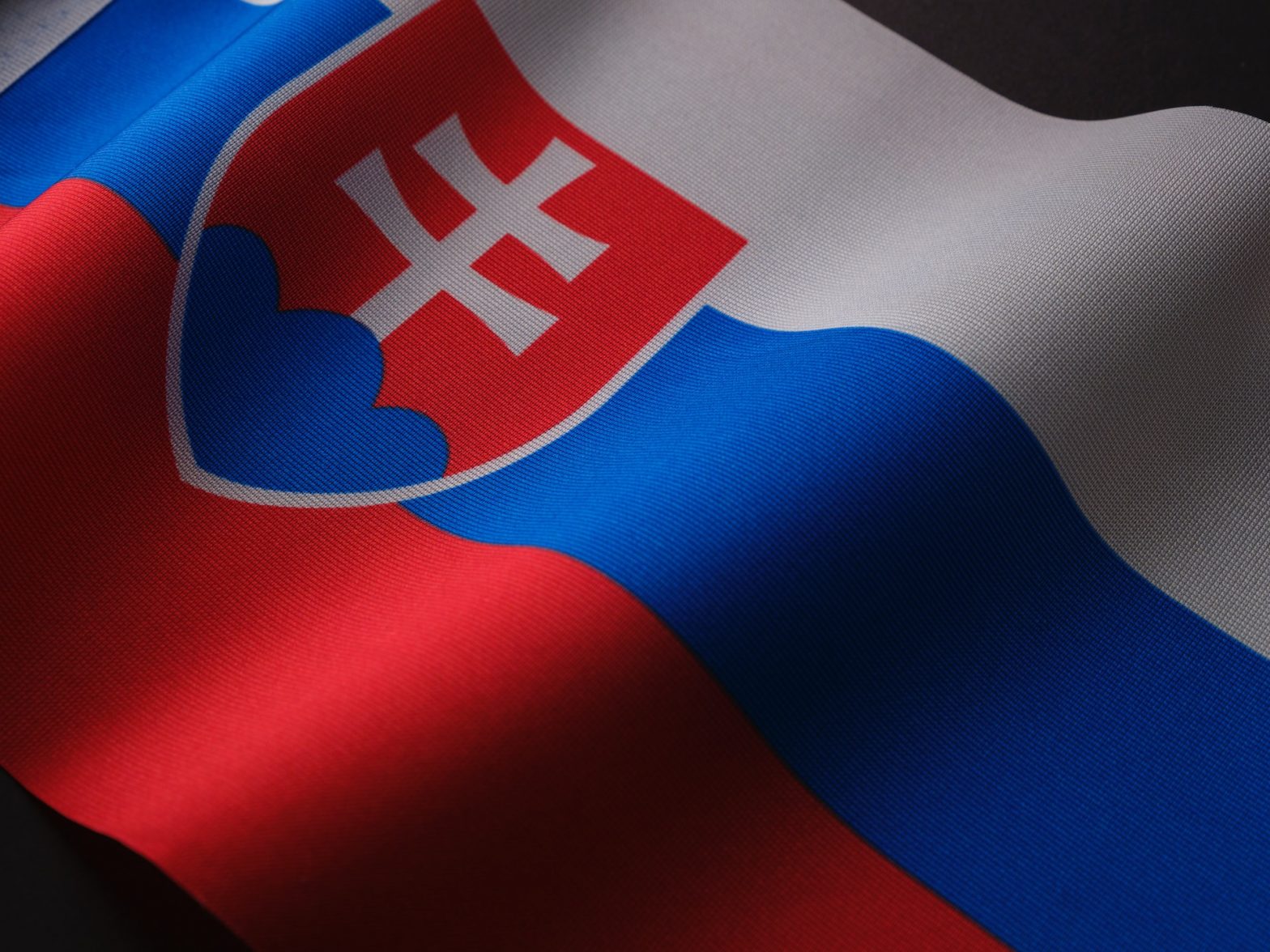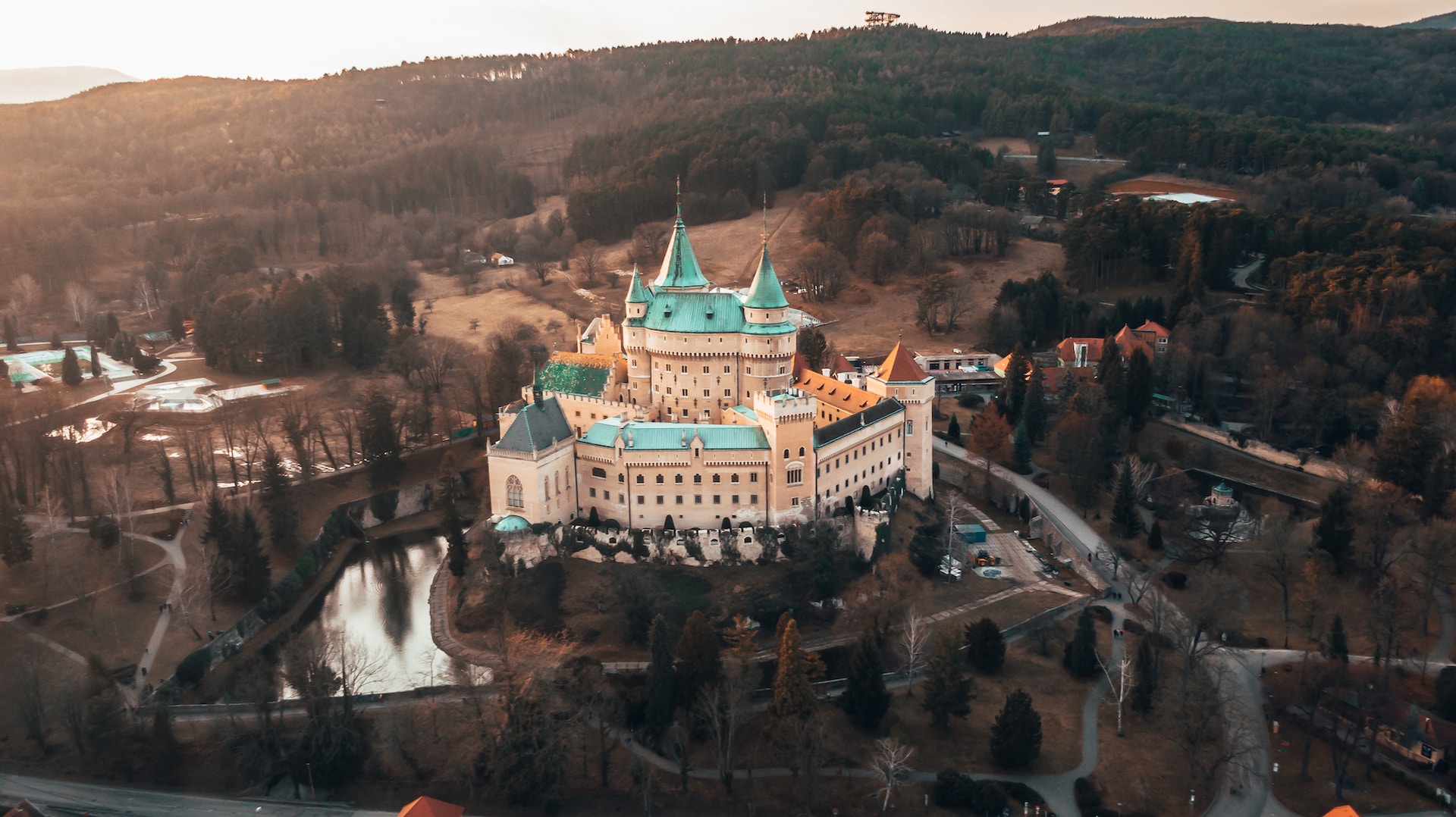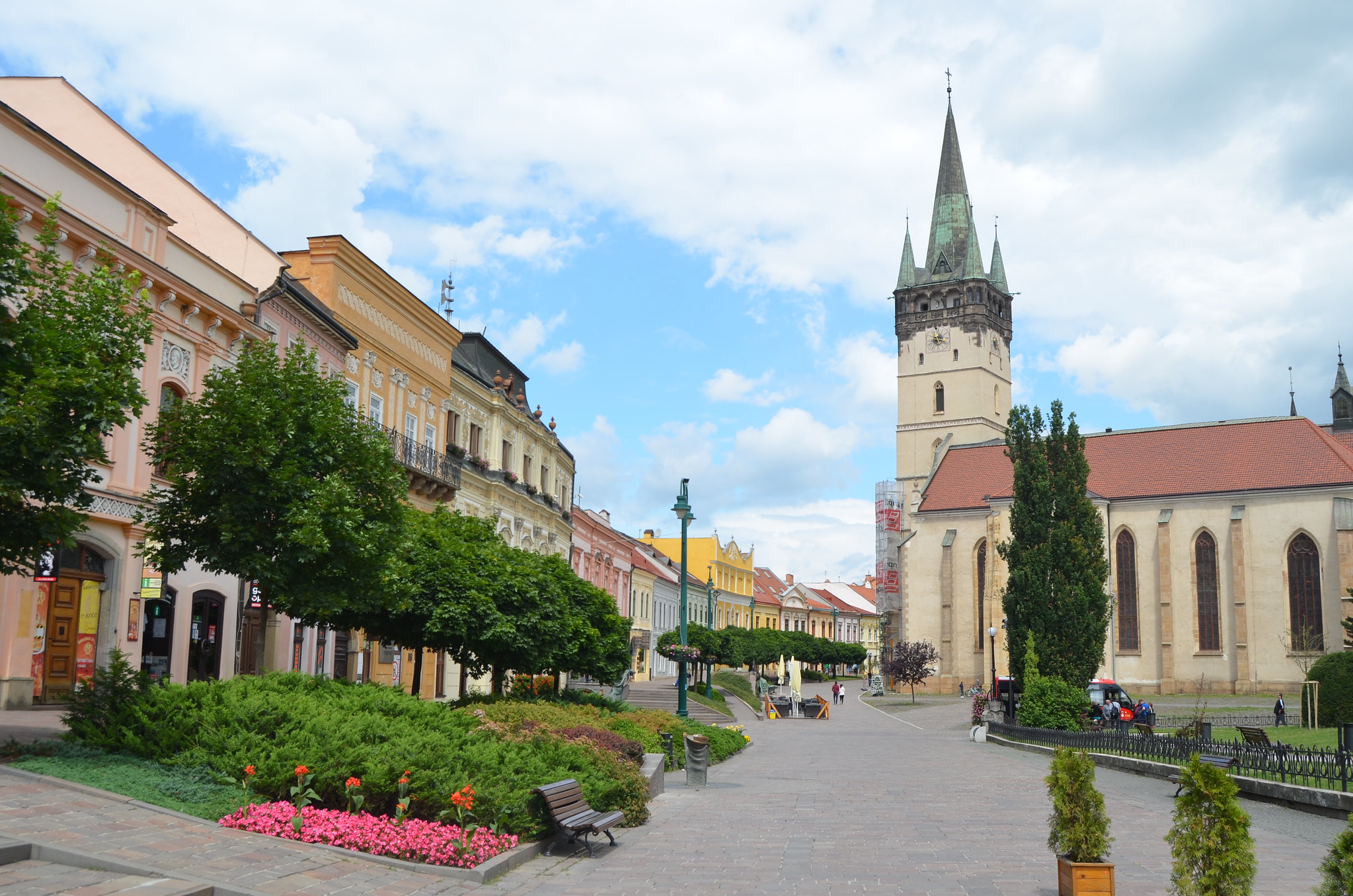Ancient Times: Prehistory to the Arrival of the Slavs
Slovakia’s history begins in ancient times with evidence of human habitation dating back to the Paleolithic era. The region was later inhabited by various Celtic tribes before the arrival of the Slavs in the 5th and 6th centuries.
Great Moravia: 9th to 10th Century
The Great Moravian Empire played a crucial role in the early medieval history of Slovakia. It was during this time that Christianity was introduced to the region by Saints Cyril and Methodius, leaving a lasting impact on Slovak culture and identity.
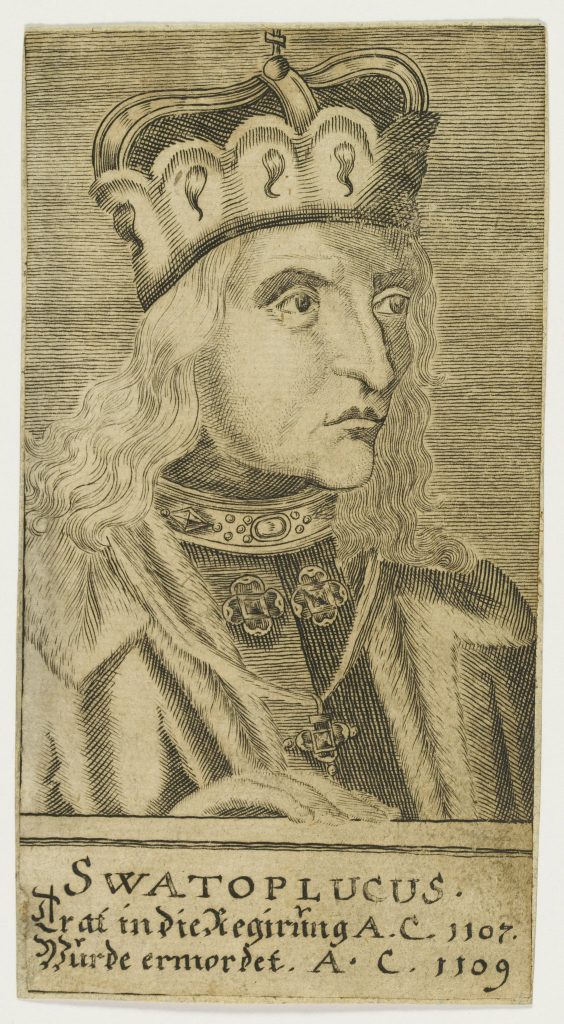
Hungarian Rule: 11th to 19th Century
Slovakia became part of the Kingdom of Hungary in the 11th century, a relationship that persisted for nearly a millennium. Over the centuries, the Kingdom of Hungary experienced various rulers and dynasties, shaping Slovakia’s socio-political landscape.
Revolution of 1848 and Austro-Hungarian Empire
The 19th century saw growing nationalistic sentiments and the revolutionary events of 1848. Although the revolution did not lead to significant changes in the short term, it marked the beginning of a movement for greater autonomy within the Austro-Hungarian Empire.
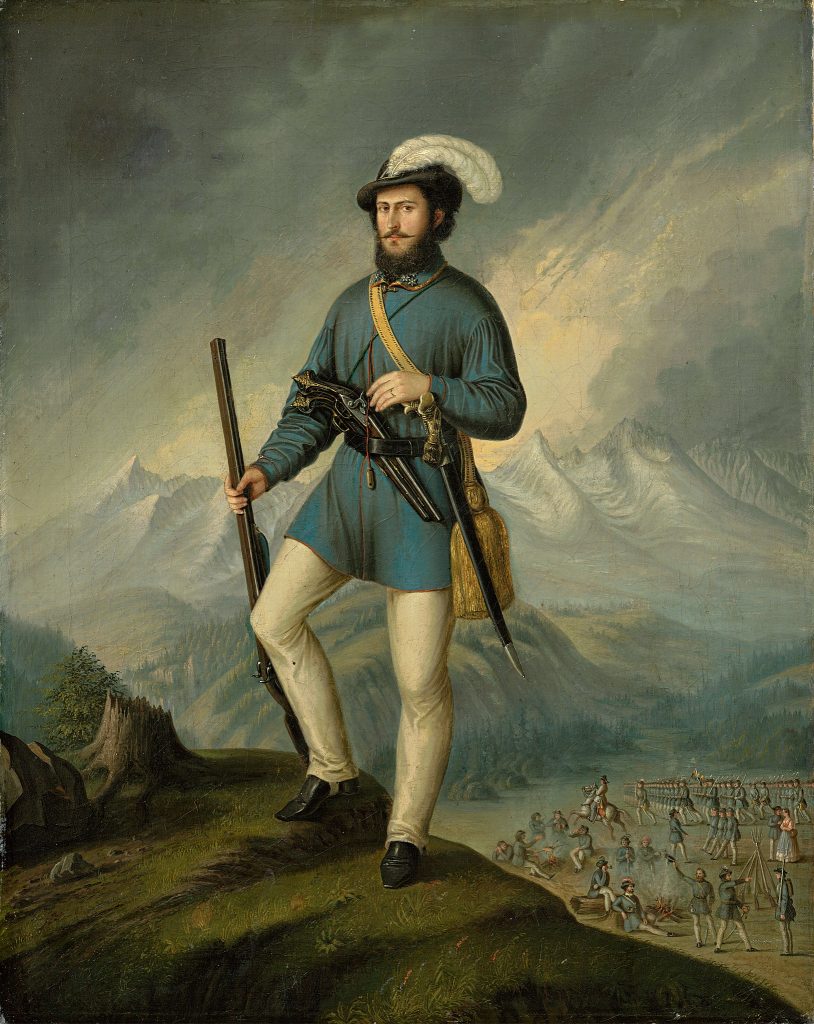
First Czechoslovak Republic: 1918 to 1939
Following World War I, the Austro-Hungarian Empire collapsed, and Czechoslovakia was established. Slovakia became part of this new republic, experiencing a period of relative autonomy and cultural development under democratic rule.
World War II and Slovak State: 1939 to 1945
During World War II, Slovakia was forced to align with Nazi Germany, and the Slovak State was established. This period witnessed the tragic deportation of Slovak Jews. After the war, Czechoslovakia was re-established, and the Communist era began.
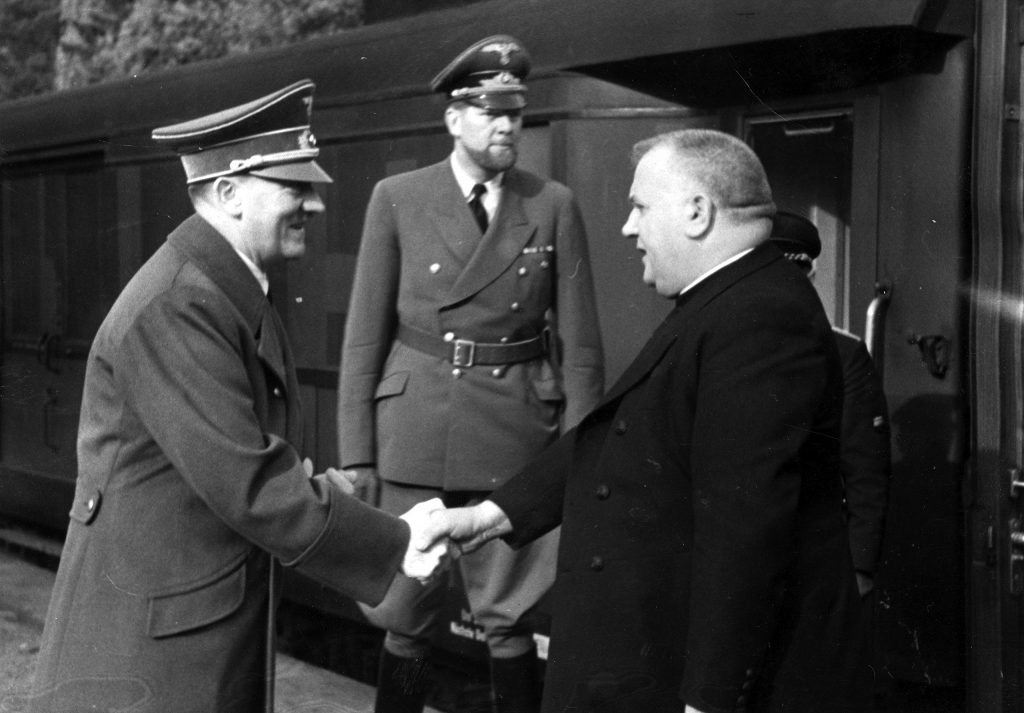
Communist Era: 1948 to 1989
After a brief period of democracy, Czechoslovakia fell under communist rule in 1948. Slovakia, like the rest of the country, experienced decades of communist governance, marked by political repression and economic challenges.
Velvet Revolution and Dissolution: 1989 to 1993
The late 1980s brought the Velvet Revolution, leading to the end of communist rule. Czechoslovakia transitioned to democracy, and in 1993, the country peacefully split into the Czech Republic and Slovakia, marking the beginning of an independent Slovak state.
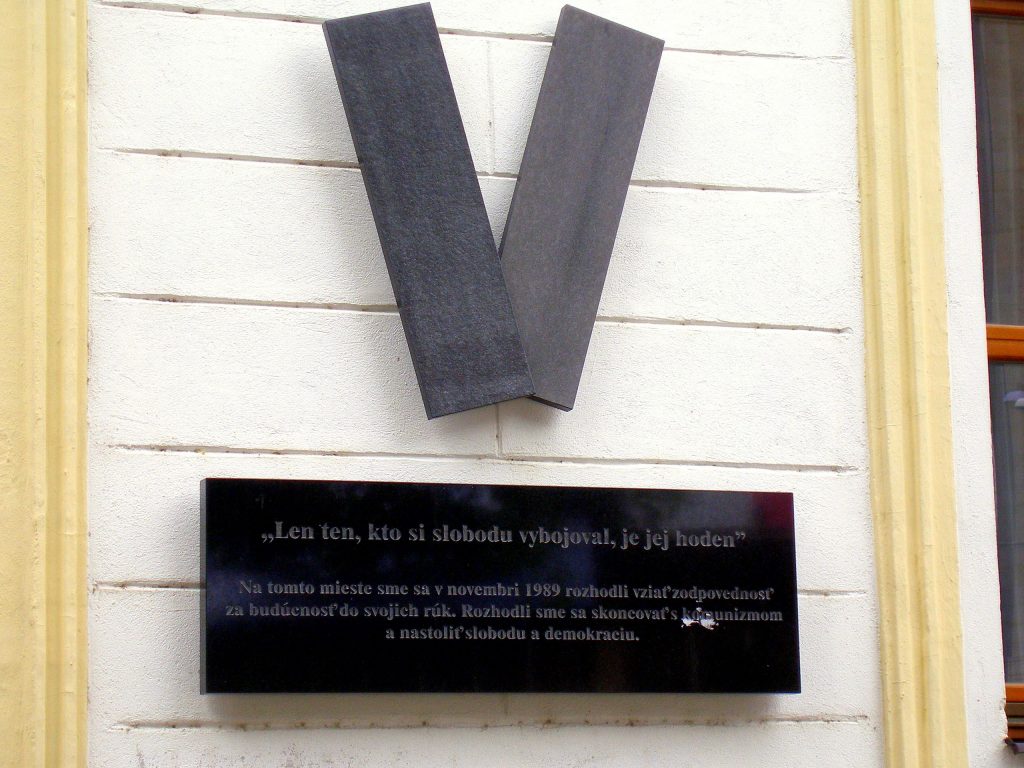
European Integration and the 21st Century
Slovakia joined the European Union in 2004, solidifying its commitment to European integration. The 21st century has seen Slovakia’s continued economic development, participation in international affairs, and ongoing efforts to strengthen its democratic institutions.
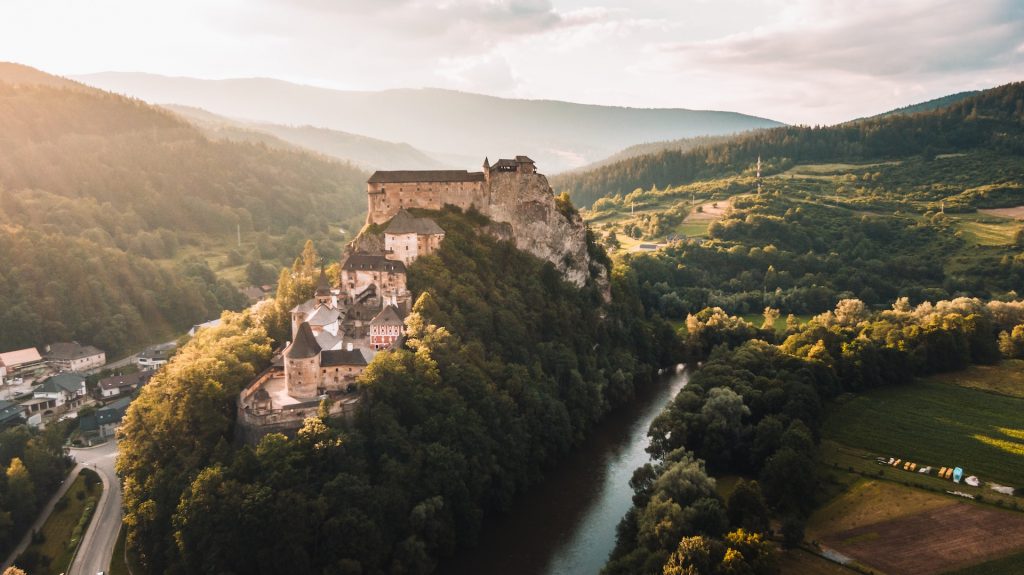
Conclusion: A Dynamic and Diverse Heritage
Slovakia’s history is a tapestry woven with threads of diverse cultures, political changes, and resilient people. From ancient times to the present day, the nation has evolved, leaving a rich and complex legacy that continues to shape its identity on the global stage.
